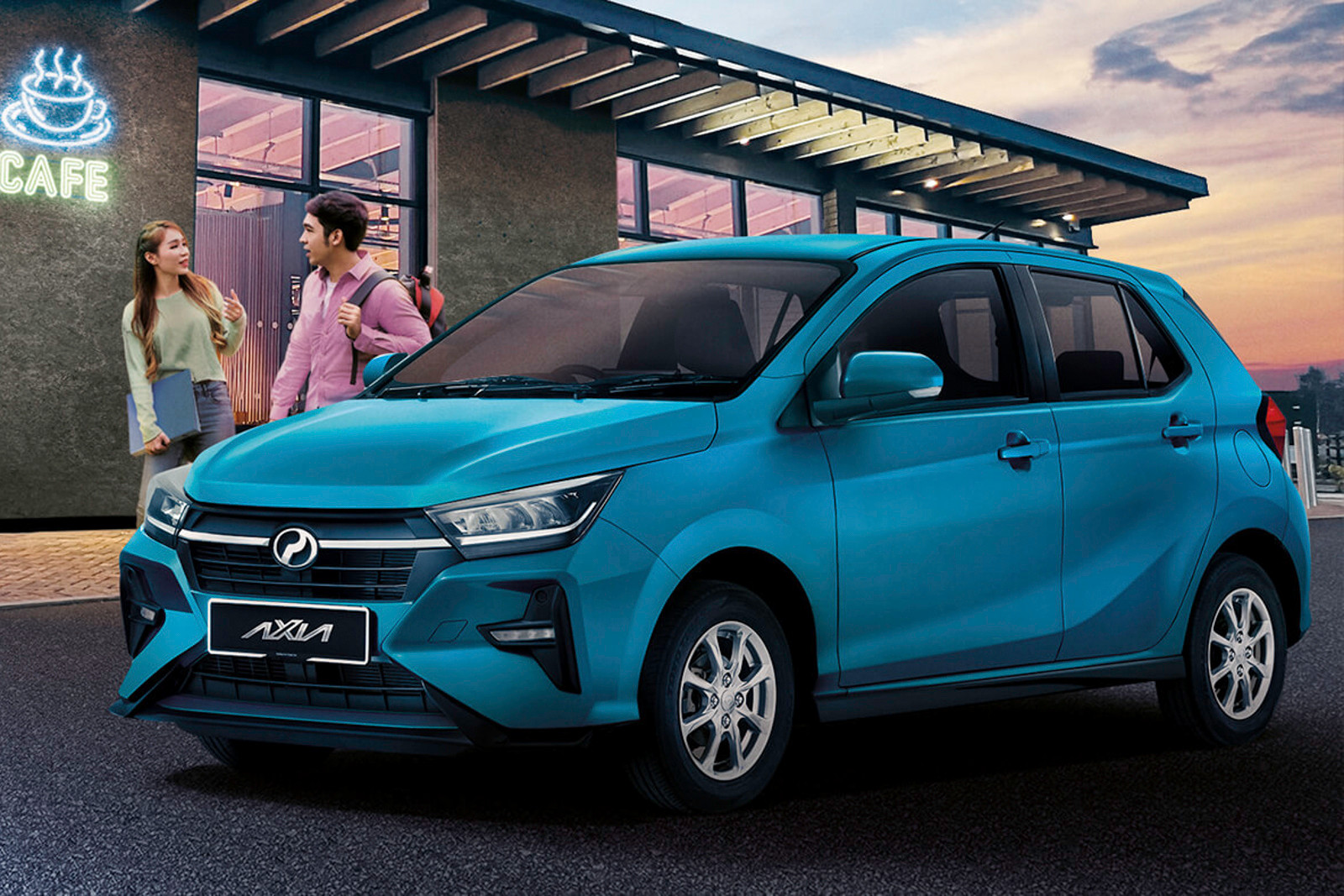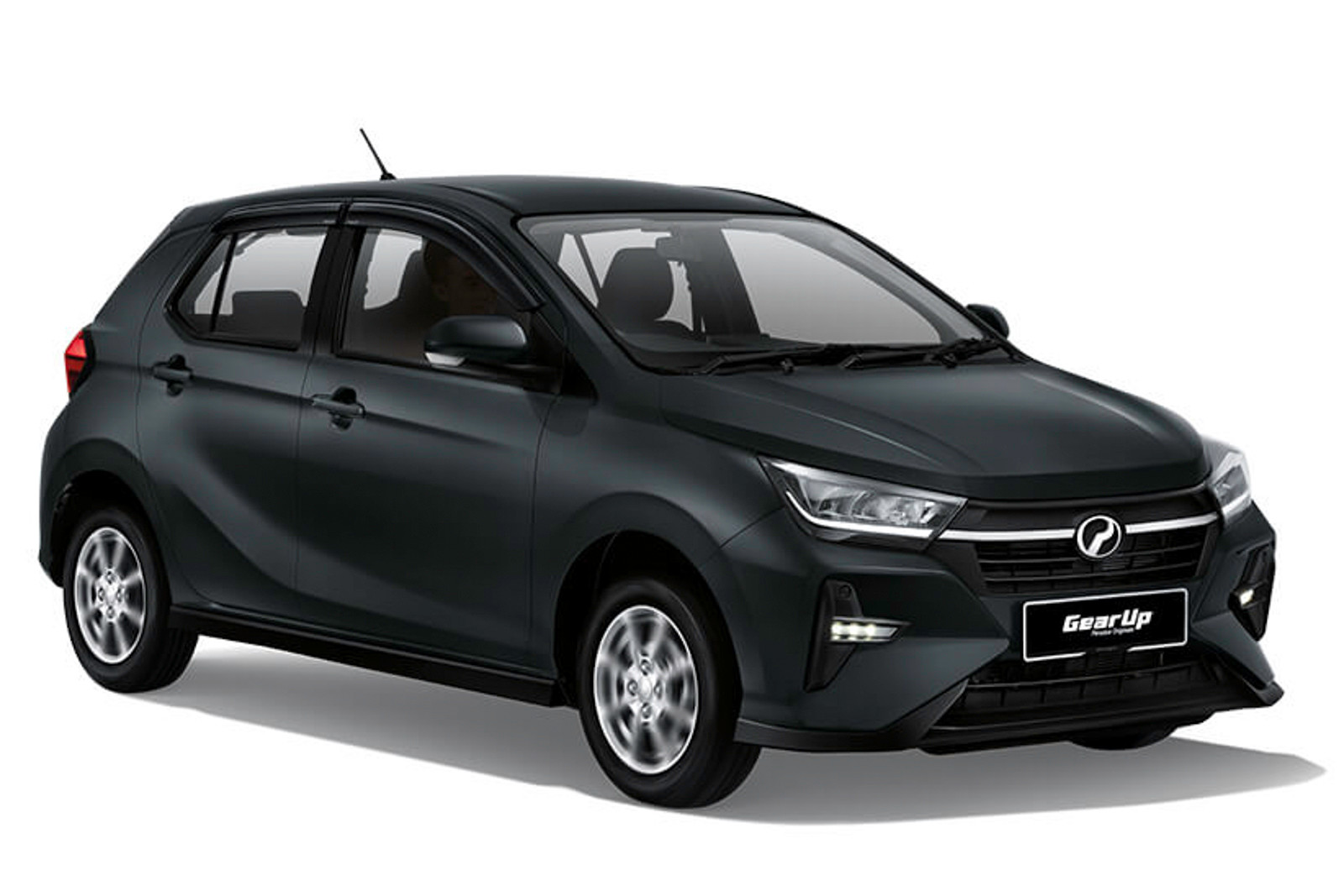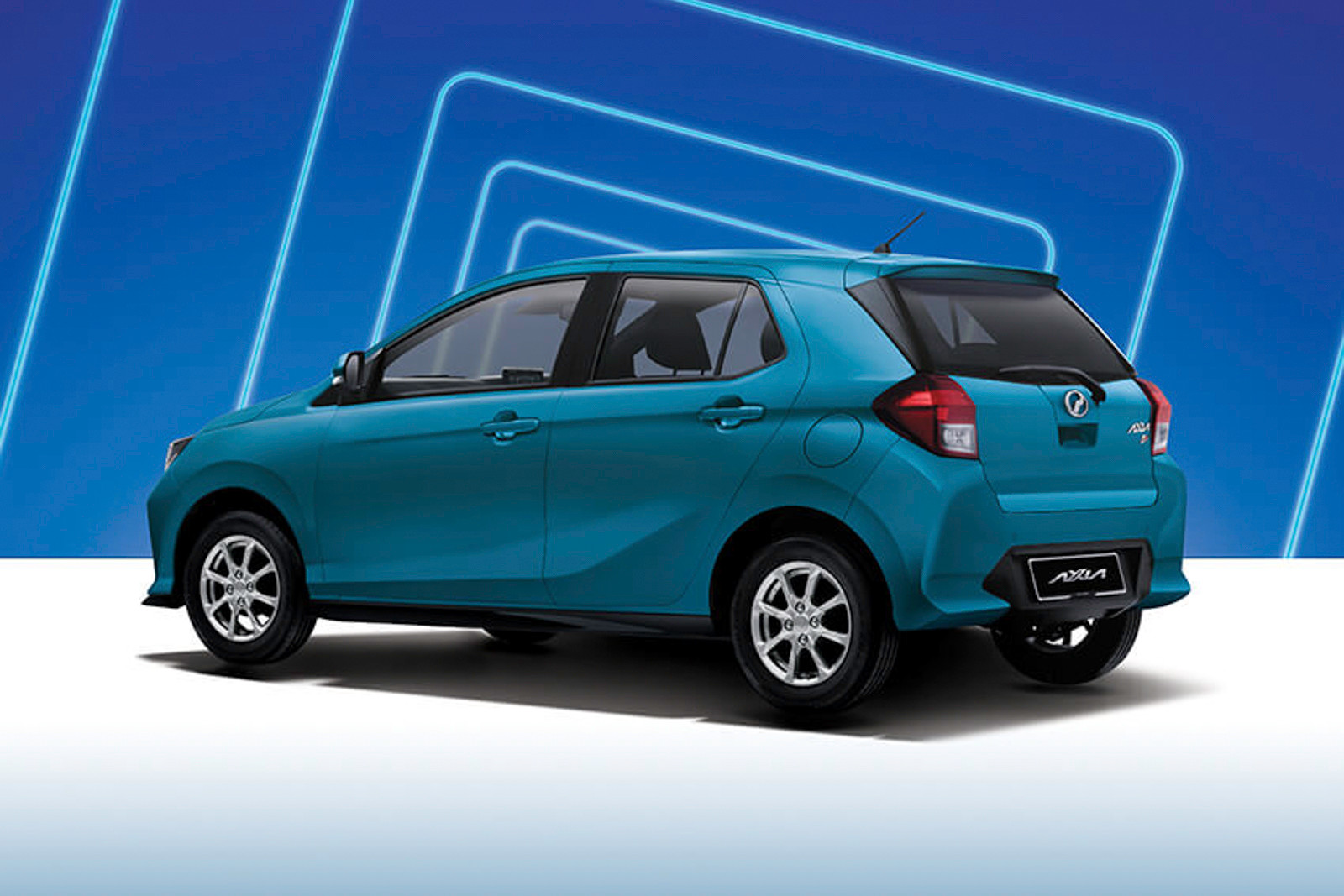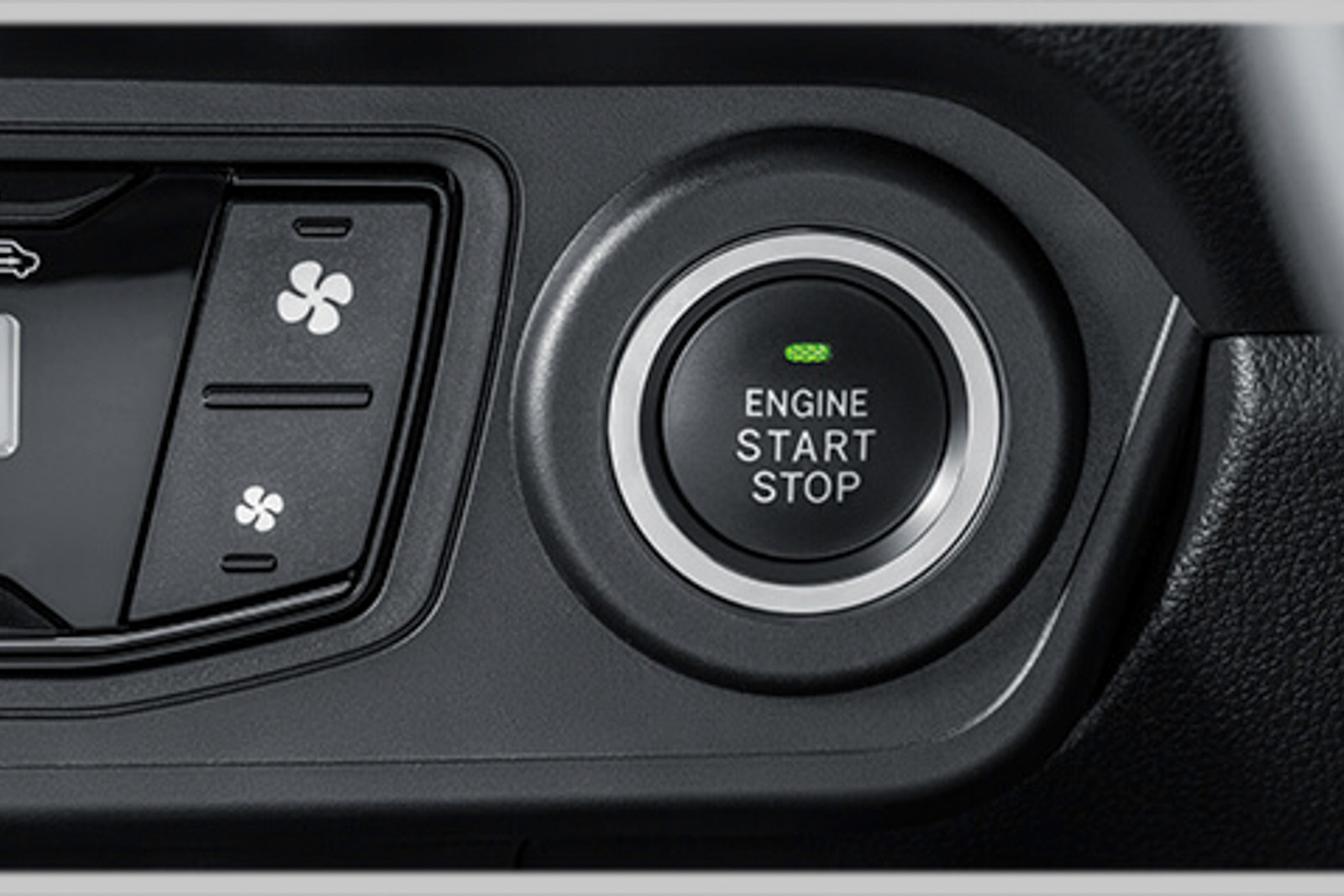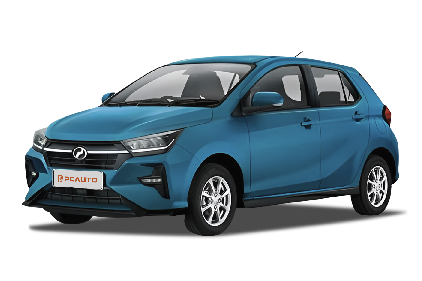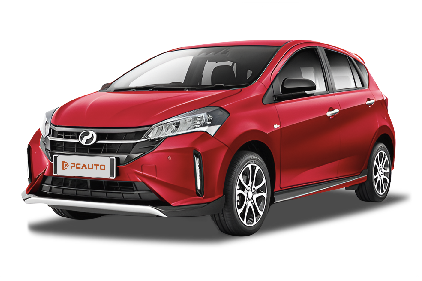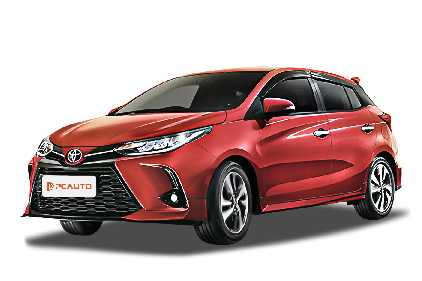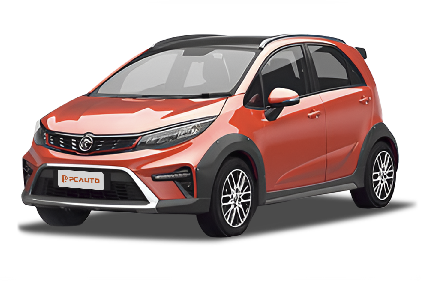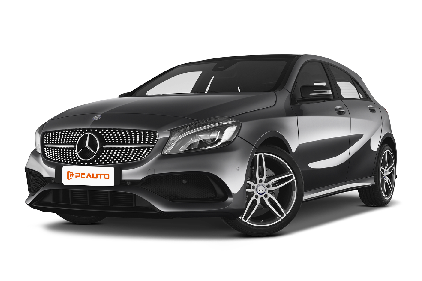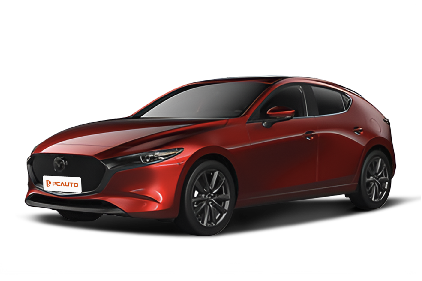Q
Is the 2023 Corolla Cross a good car?
The 2023 Corolla Cross is a well-rounded compact SUV that ticks all the right boxes for daily family use, backed by Toyota's reputation for reliability and practical design. It offers either a 1.8L naturally aspirated engine or a hybrid powertrain—both deliver solid fuel efficiency, with the hybrid notably cutting city driving costs while keeping maintenance affordable.
Inside, you’ll find flexible cabin space and a trunk that handles family trips with ease. Standard Toyota Safety Sense packs features like pre-collision alerts and lane-keeping assist, adding peace of mind on the road. The interior keeps things functional, with a 9-inch touchscreen supporting Apple CarPlay/Android Auto—right in line with what most buyers expect.
That said, don’t expect thrilling acceleration; the power delivery leans smooth rather than punchy, making it better suited for relaxed commutes. On the resale front, Toyotas generally hold their value well, but it’s worth cross-shopping rivals in this price range. Take it for a test drive to see if the suspension tuning and cabin noise levels match your preferences, and always double-check the dealer’s warranty fine print before signing.
Q
How does the 2024 Crown compare to the Avalon?
The 2024 Toyota Crown gets significant upgrades in design, powertrain, and tech features compared to the Avalon. The Crown goes for a more cutting-edge crossover vibe, offering standard hybrid and plug-in hybrid options, while the Avalon, as a traditional sedan, focuses more on comfort and space. The Crown comes standard with a 12.3-inch infotainment screen and Toyota's latest TSS 3.0 safety suite, giving it a stronger tech feel. The Avalon, on the other hand, sticks with a more classic layout, better suited for drivers who prefer that traditional ride experience. Under the hood, the Crown's hybrid system delivers better fuel efficiency, making it ideal for city commuting, while the Avalon's 3.5L V6 cranks out more robust power. Both cars have comfort-focused suspension setups, but the Crown sits higher off the ground for better rough-road capability. For shoppers looking to switch rides, the Crown is the way to go if you want sleek design and advanced tech. If you're more about that classic sedan feel and big-displacement power, the Avalon still has its appeal. It's worth noting that with the shift toward electrification, hybrid and plug-in hybrid models are only going to get more advantages in daily running costs and eco-friendliness.
Q
How much does a 2024 Toyota Crown cost?
The 2024 Toyota Crown is expected to be priced locally between RM250,000 and RM350,000, with specific prices varying by trim level. The entry-level hybrid variant will likely start around RM250,000, while the range-topping sports model or four-wheel drive high-spec version could approach RM350,000. Built on Toyota's latest TNGA-K platform, this car offers two powertrain options: a 2.5-liter hybrid system and a 2.4-liter turbocharged engine, both paired with the Direct Shift-8AT transmission for a good balance of fuel efficiency and performance. As Toyota's flagship sedan, the Crown comes standard with premium features like a 12.3-inch touchscreen, TSS 3.0 safety suite, and panoramic sunroof. Its dimensions fall between the Camry and Lexus ES, with a 2,850mm wheelbase providing ample rear legroom. Notably, it adopts a crossover design with slightly higher ground clearance than traditional sedans and offers an optional E-Four Advanced electronic all-wheel drive system, making it ideal for buyers seeking refined driving dynamics with added versatility. When purchasing, keep an eye out for official promotions—some dealers may offer complimentary maintenance packages or low-interest financing deals.
Q
How much horsepower does the 2024 Crown have?
The 2024 Toyota Crown offers different horsepower outputs based on powertrain configurations. The hybrid version pairs a 2.5-liter four-cylinder engine with an electric motor, delivering a combined 236 horsepower, while the more powerful 2.4-liter turbocharged hybrid system cranks out a maximum 340 horsepower. Both setups prioritize a balance of efficiency and eco-friendliness. As Toyota's flagship model, the Crown features advanced hybrid technology that not only boosts fuel economy but also enhances the driving experience, making it suitable for daily commutes and long road trips. What's more, the hybrid battery pack is specifically positioned to avoid eating into cabin space while ensuring smooth acceleration. For buyers who care about performance, the turbocharged variant delivers stronger acceleration, while the standard hybrid caters better to those chasing efficiency. Toyota's ongoing innovations in hybrid tech have allowed the Crown to stand out in balancing performance and green credentials, making it a solid competitor in its class.
Q
How fast is the Toyota Crown 2024 0 to 60?
The 2024 Toyota Crown clocks in at around 5.7 seconds for the 0-60 mph (approximately 96 km/h) sprint, a performance largely thanks to its hybrid system's robust power delivery. The high-end trim, in particular, packs a 2.4-liter turbocharged hybrid engine that cranks out a combined 340 horsepower, striking a nice balance between performance and fuel efficiency. As Toyota's premium offering, the Crown stands out in its class of hybrid sedans when it comes to acceleration, making it a solid pick for buyers who want both power and eco-friendliness. Beyond straight-line speed, this car comes loaded with advanced driver-assistance features and a plush interior—think a 12.3-inch touchscreen and a fully digital gauge cluster—that up the tech and comfort ante. It's worth mentioning that the hybrid system's instant torque makes for quick getaways, while the electronic all-wheel-drive system sharpens grip, especially keeping things steady on wet roads. If you're craving more thrills, check out its Sport mode tuning, which dials up the driving experience for a more aggressive feel.
Q
What is the difference between 2025 and 2024 Crown?
The key upgrades for the 2025 Crown compared to the 2024 model focus on tech features and powertrain refinements. Externally, it gets slimmer LED matrix headlights and two new paint color options. Inside, the instrument cluster is upgraded to a 12.3-inch all-digital display, while the infotainment screen grows to 14 inches with bidirectional voice assistant support. Wireless Apple CarPlay and Android Auto now come standard. Under the hood, the 2.5L hybrid system carries over but with retuned ECU software, cutting combined fuel consumption by around 8%. Some higher trims add rear-wheel steering for improved handling agility. Safety tech moves up to the latest TSS 3.0, gaining intersection collision warning and emergency steering assist. Notably, the 2025 model drops the CD player but adds smartphone digital key functionality. Looking at the Crown's evolution, the model has gradually shifted from a traditional luxury sedan to a crossover-inspired design in recent years—better suited for diverse road conditions. The continuous refinement of its hybrid system also aligns with current eco-friendly trends. For those seeking better driving dynamics, keep an eye on the improved suspension response in Sport mode; these subtle tweaks often translate to a more enjoyable time behind the wheel.
Q
How much is a 2024 Toyota Crown worth?
The 2024 Toyota Crown is expected to be priced locally between RM250,000 and RM350,000, depending on the trim level and optional features. For instance, the base model comes with a 2.5-liter hybrid system, while higher-end variants might feature a more powerful 3.5-liter V6 engine or an electronic all-wheel-drive system. Positioned as a luxury sports sedan, it rides on Toyota's latest TNGA-K platform, balancing a low center of gravity with comfort. It also comes standard with the TSS 3.0 safety suite, including pre-collision warning and lane-keeping assist. Notably, as Toyota's flagship model, the hybrid version stands out for fuel efficiency, with a combined consumption as low as around 5 liters per 100 kilometers – ideal for consumers who value technology and energy efficiency. Additionally, the new vehicle typically comes with a 5-year warranty, and the hybrid battery gets an extra 8-year coverage, offering relatively comprehensive after-sales service. If considering the used car market, prioritize factory-certified vehicles to ensure quality. Also, keep in mind that the 2024 model, being newly launched, will have a higher depreciation rate, so it's advisable to compare prices across different channels.
Q
What is the difference between 2024 and 2025 Toyota Crown?
The main differences between the 2024 and 2025 Toyota Crown lie in exterior details, equipment upgrades, and powertrain refinements. The 2025 model likely gets sharper lines and updated LED lighting up front, while interior materials and tech get a boost too—think a bigger infotainment screen or the latest multimedia system. Under the hood, the 2025 Crown probably sees improved hybrid efficiency for better fuel economy, and some markets might even get new powertrain options. For fans of the model, the 2025 updates are more about tweaking details and enhancing the user experience rather than a full redesign. So if you're watching your budget, the 2024 version still holds up as a solid pick. With its long history, the Toyota Crown has always been known for comfort and reliability, and the new model keeps that tradition alive—perfect for buyers who value quality and practicality.
Q
Is the 2024 Toyota Crown electric?
The 2024 Toyota Crown isn't an all-electric model; instead, it comes as a hybrid, packing Toyota's tried-and-true THS II hybrid system. Pairing a 2.5-liter four-cylinder engine with an electric motor, it strikes a solid balance between fuel efficiency and performance. Built on Toyota's latest TNGA-K platform, this Crown emphasizes a low center of gravity and driving stability, while the E-Four Advanced electronic all-wheel-drive system steps up handling on slippery roads. What really stands out is that this is the first Crown to get a crossover coupe design, blending the comfort of a sedan with the go-anywhere capability of an SUV—perfect for our area's mixed road conditions. If you're set on a new energy vehicle, Toyota's bZ series of pure EVs launching around the same time might be more up your alley. But the Crown Hybrid, with its no-need-to-plug-in convenience and long range, is still a really practical pick. Hybrid tech is pretty common around here, so maintenance is easier than with pure EVs, and the fuel economy beats traditional gas-powered cars hands down—making it a better long-term value in terms of running costs.
Q
What is the difference between Toyota Crown 2024 XLE and Limited?
The main differences between the 2024 Toyota Crown XLE and Limited trims come down to features and luxury levels. As the entry point, the XLE comes with basics like a 12.3-inch infotainment screen, Toyota Safety Sense 3.0, and 18-inch wheels. Step up to the Limited, and you're looking at upgrades: leather seats, a panoramic sunroof, JBL sound system, head-up display, and 19-inch wheels. The Limited might also offer more advanced driver aids and nicer interior material choices, positioning it as the more luxurious, comfort-focused option.
For shoppers watching their budget, the XLE has plenty to handle daily drives. But if you want a more premium experience behind the wheel, the Limited is the way to go. It’s worth noting that as Toyota’s flagship, the Crown’s hybrid system is solid—great balance of fuel efficiency and power. Both trims offer hybrid options, but the Limited probably gets extra attention to sound insulation and suspension tuning, making it better for long hauls.
Locally, both models share the same after-sales service and warranty coverage, so it really just comes down to your budget and what features matter most.
